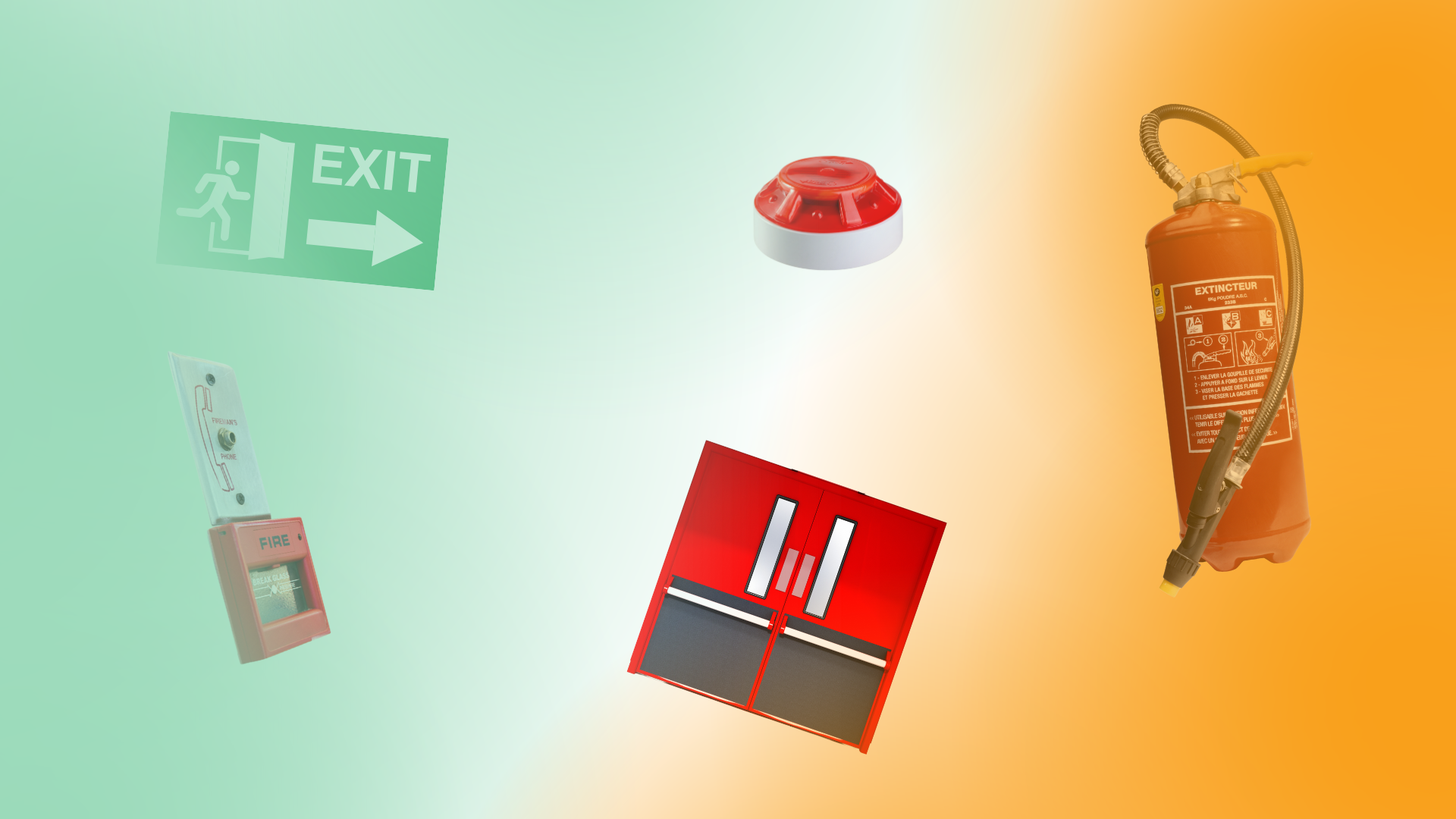Why has PAT Testing changed to EET Testing?
More than a name change

The electrical industry has seen a transition from Portable Appliance Testing (PAT) to Electrical Equipment Testing (EET) in recent years to improve the safety and reliability of electrical equipment and testing.
In Brief: Why the Change from PAT to EET?
- Broader Scope: EET Testing covers a wider range of electrical equipment, including fixed appliances and extension leads, ensuring comprehensive safety evaluation.
- Enhanced Risk Assessment: EET Testing uses an improved risk assessment process, considering factors like equipment type, age, environment, and user competence, resulting in better protection.
- Improved Terminology: The term "EET Testing" emphasizes the need for regular safety checks on all types of electrical equipment, eliminating confusion surrounding "PAT Testing."
- Alignment with Industry Standards: EET Testing aligns with current industry standards, such as the IET Code of Practice, ensuring up-to-date and consistent testing procedures.
The shift from PAT Testing to EET Testing in the UK is a gradual change in industry practices to align with the IET Code of Practice for In-service Inspection and Testing of Electrical Equipment. The Institution of Engineering and Technology (IET) published the latest edition of this Code of Practice in 2020. The change reflects an updated approach to electrical safety testing, covering a broader scope of equipment and incorporating an improved risk assessment process.
Benefits of EET Testing
- Enhanced Safety: EET Testing helps identify and mitigate potential hazards, ensuring user safety and proper equipment functioning.
- Cost-Effective: EET Testing allows for a targeted and efficient testing process, saving businesses time and money.
- Compliance: Adopting EET Testing ensures compliance with industry standards, meeting legal obligations, and maintaining a safe working environment.
- Improved Asset Management: EET Testing enables better tracking and management of electrical equipment, assisting in maintenance and replacement planning.
So, the shift from PAT to EET Testing offers a more comprehensive and effective approach to ensuring electrical equipment safety. Which is long overdue.











